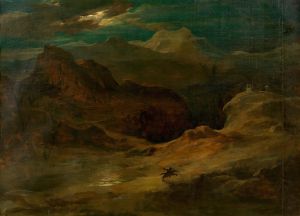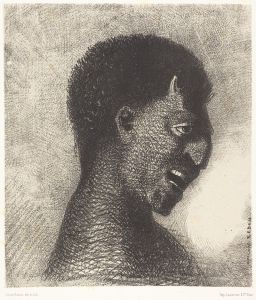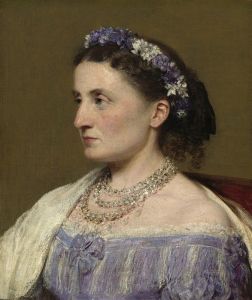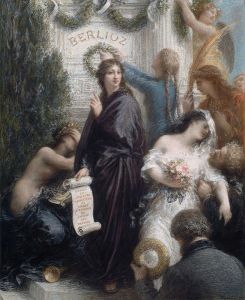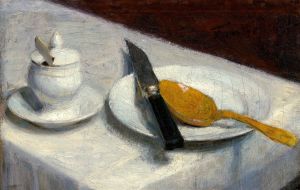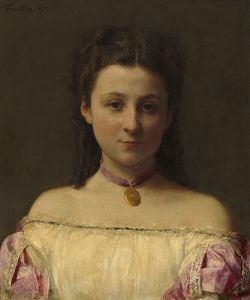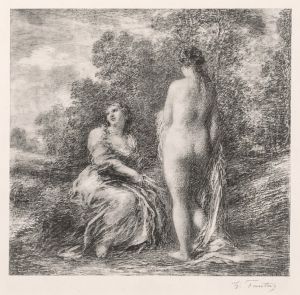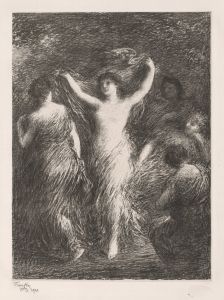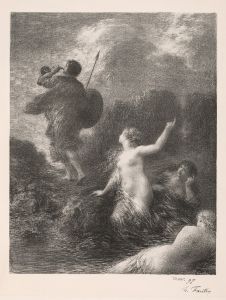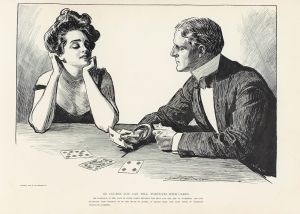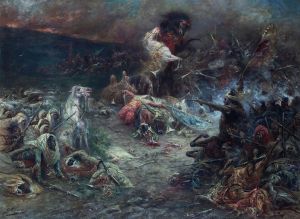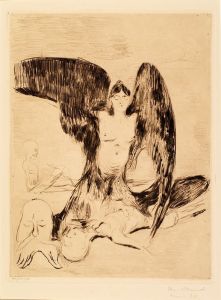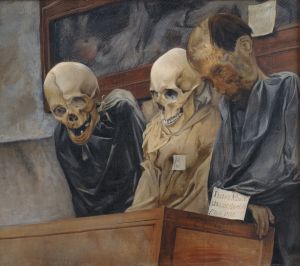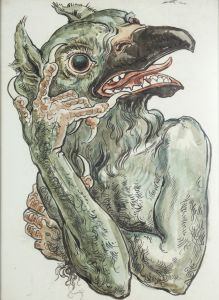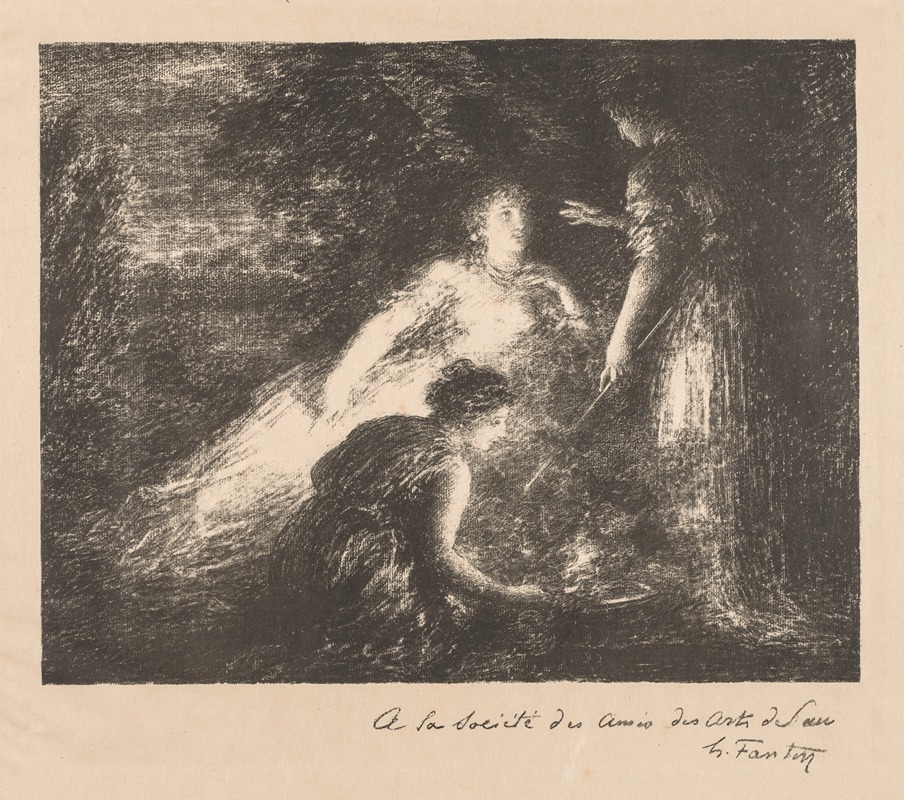
Witchcraft
A hand-painted replica of Henri Fantin-Latour’s masterpiece Witchcraft, meticulously crafted by professional artists to capture the true essence of the original. Each piece is created with museum-quality canvas and rare mineral pigments, carefully painted by experienced artists with delicate brushstrokes and rich, layered colors to perfectly recreate the texture of the original artwork. Unlike machine-printed reproductions, this hand-painted version brings the painting to life, infused with the artist’s emotions and skill in every stroke. Whether for personal collection or home decoration, it instantly elevates the artistic atmosphere of any space.
Henri Fantin-Latour, a French painter renowned for his still lifes and group portraits, created a work titled "Witchcraft" in 1874. This painting is an intriguing piece that reflects Fantin-Latour's interest in themes beyond his usual repertoire of floral compositions and portraits. While Fantin-Latour is primarily celebrated for his realistic and detailed depictions of flowers and his portraits of Parisian artists and writers, "Witchcraft" stands out as an exploration of more mystical and imaginative themes.
"Witchcraft" is part of Fantin-Latour's broader body of work that occasionally delves into the fantastical and the symbolic. During the late 19th century, there was a growing interest in mysticism and the supernatural, partly influenced by the Symbolist movement in art and literature. Artists and writers were exploring themes that went beyond the visible world, delving into dreams, myths, and the occult. Fantin-Latour, though not primarily associated with Symbolism, was influenced by these currents and produced several works that reflect this interest.
The painting "Witchcraft" is characterized by its ethereal and otherworldly atmosphere. Fantin-Latour employs a soft, muted palette, which is typical of his style, to create a dreamlike quality. The composition likely features figures engaged in a scene that suggests ritual or enchantment, though specific details about the painting's imagery are not widely documented. This lack of detailed information about the painting's content is not uncommon, as Fantin-Latour's works that deviate from his more popular subjects are less frequently discussed in art historical literature.
Fantin-Latour's technique in "Witchcraft," as in his other works, demonstrates his skillful use of light and shadow to create depth and mood. His brushwork is typically delicate and precise, contributing to the overall sense of mystery and subtlety in the painting. The artist's ability to convey emotion and narrative through composition and color is evident, even if the exact storyline or symbolism of "Witchcraft" remains elusive.
Henri Fantin-Latour was part of a circle of artists and intellectuals in Paris, and his work was influenced by his interactions with contemporaries such as Édouard Manet and the Impressionists, although he did not fully embrace their style. Instead, Fantin-Latour maintained a unique approach that combined elements of realism with imaginative and symbolic content, as seen in "Witchcraft."
While "Witchcraft" may not be as widely recognized as some of Fantin-Latour's other paintings, it contributes to the understanding of his artistic range and interests. The painting reflects a moment in his career when he was willing to explore themes that were less conventional and more introspective. It also highlights the broader cultural fascination with the mystical and the unknown during the period in which he worked.
In summary, "Witchcraft" by Henri Fantin-Latour is a painting that exemplifies the artist's occasional foray into the realm of the mystical and symbolic. Though specific details about the painting are scarce, it remains an intriguing part of Fantin-Latour's oeuvre, showcasing his ability to blend realism with elements of fantasy and emotion.





